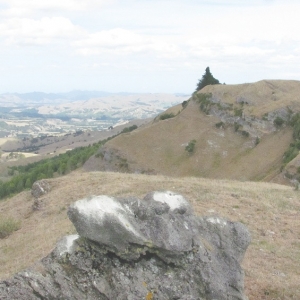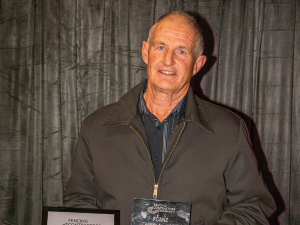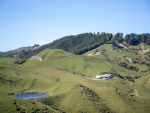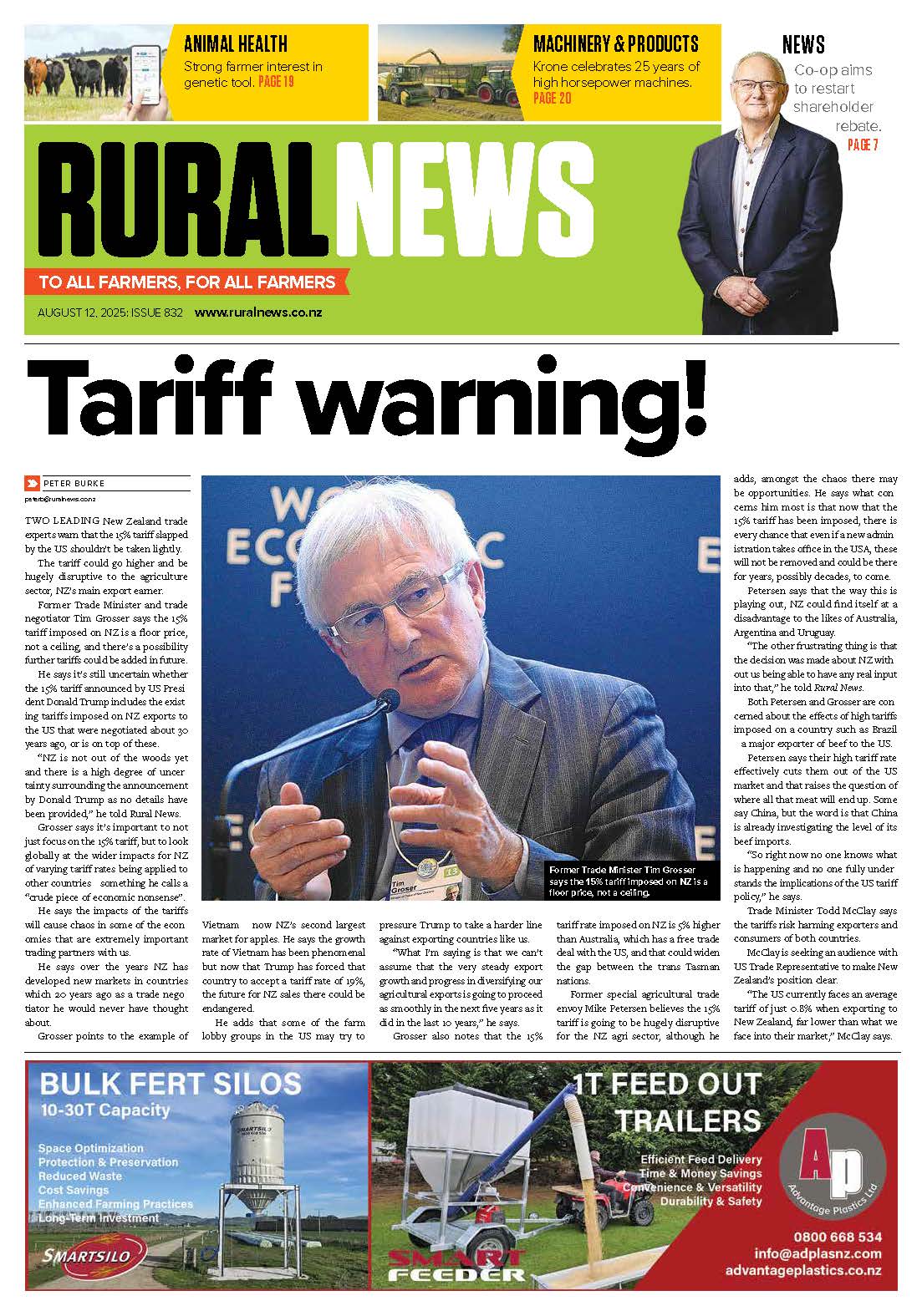Changes to the Central Progeny Test mean lambs born this spring will provide independent data on that question following two hill country farms’ addition to the three low country properties used historically.
“The reason it’s been expanded is to increase its relevance to sheep and beef farmers,” Beef + Lamb NZ genetics manager Mark Young told Rural News.
Young says the move, which to date is being funded by BLNZ, reflects the greater proportion of the national flock now run on hill.
“Some people think that the sheep that rate the highest on low country are not the same as those that rate highest on hill country. Technically it’s called a genotype by environment interaction.”
The two new properties are Koromiko Farm, Wairarapa, which is leased and run by Taratahi Agricultural Training Centre, and EGL Pastoral’s Onslow View, Central Otago.
“This is a very exciting project to be involved in and, if at the end of the project results show us whether top performing rams do or don’t perform better or worse on hill country, that’s a priceless piece of information for farmers to know,” says Taratahi’s sheep and beef manager Paul Crick. “The results can only be good for our industry.”
Koromiko is 840ha of flat, rolling and steep land crossing the Maungaraki range. Some 1200 ewes are involved in the three year CPT trial, some served with semen from top industry dual purpose rams.
At EGL Pastoral’s Onslow View, about 800 of the 10,000 Perendale and Wairere Romney ewes run on the 3000ha property will be used for CPT work.
“They’ll lamb on improved hill country at 2200 feet,” EGL owner Grant Ludemann told Rural News. “We’re always happy to try new ventures and this is a great opportunity to see some of New Zealand’s best genetics crossed with our stock and to see how they perform on our country.”
Ovita will record maternal and terminal traits, though the emphasis will be on maternal, so it will be three years before meaningful results start to come through as ewe lambs born this spring will need to lamb as two-tooths before a full data set is available.
The farms will record traits such as ewe liveweight and condition; estimated dates of conception; lamb numbers, weaning weight, sex, date of slaughter, yield grade and health status.
Results from the 2012 CPT matings at Woodlands in Southland, Poukawa in Hawke’s Bay and Ashley Dene in Canterbury are due out this month. Contact Beef + Lamb NZ to register for a copy.
*Ovita is a partnership between Beef + Lamb New Zealand, AgResearch and Government. It develops sheep genetic selection tools.

















